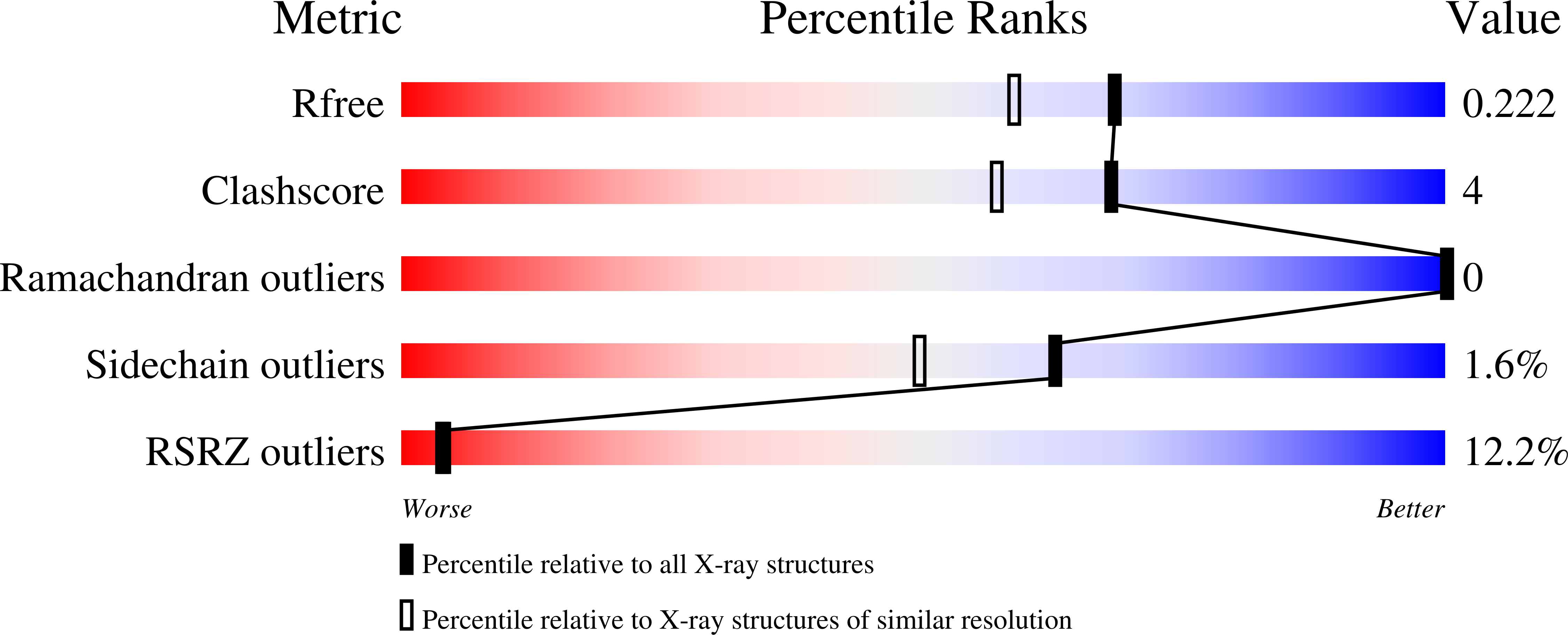
Deposition Date
2020-04-28
Release Date
2021-05-12
Last Version Date
2024-01-24
Entry Detail
PDB ID:
6YVC
Keywords:
Title:
Crystal structure of the small alarmone hydrolase (SAH) of Pseudomonas aeruginosa
Biological Source:
Source Organism:
Pseudomonas aeruginosa (Taxon ID: 287)
Host Organism:
Method Details:
Experimental Method:
Resolution:
1.85 Å
R-Value Free:
0.22
R-Value Work:
0.19
R-Value Observed:
0.19
Space Group:
C 1 2 1


